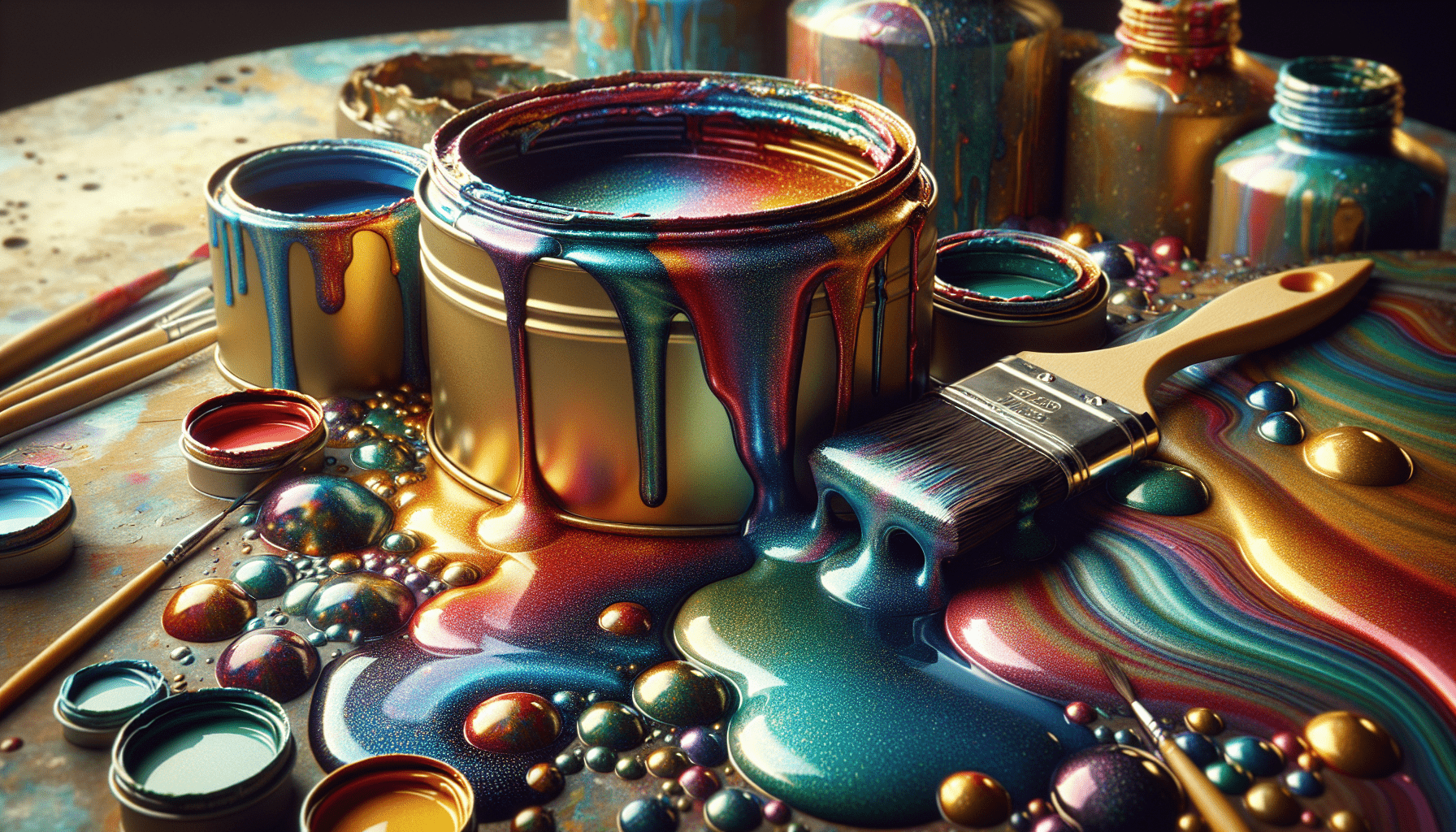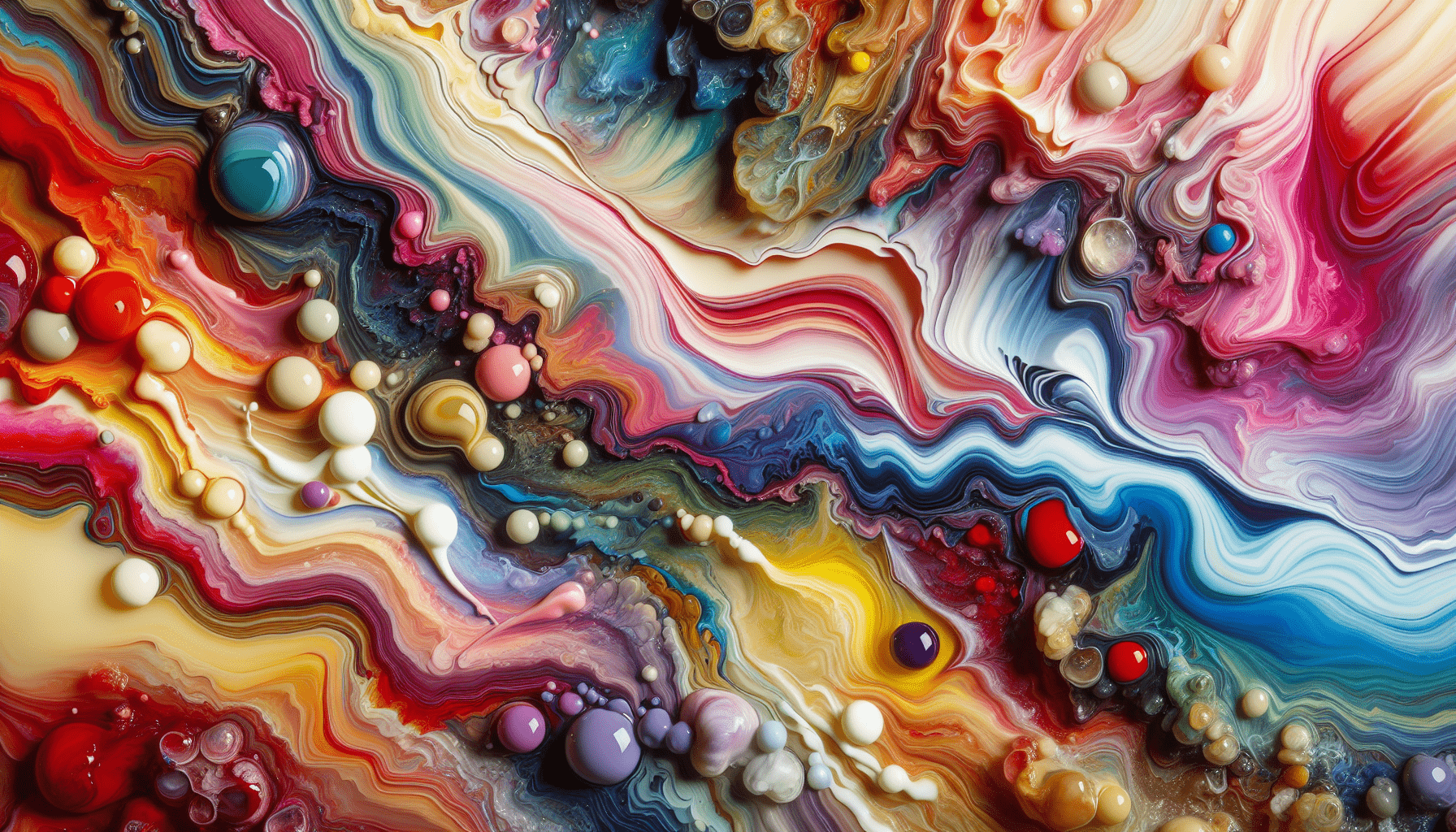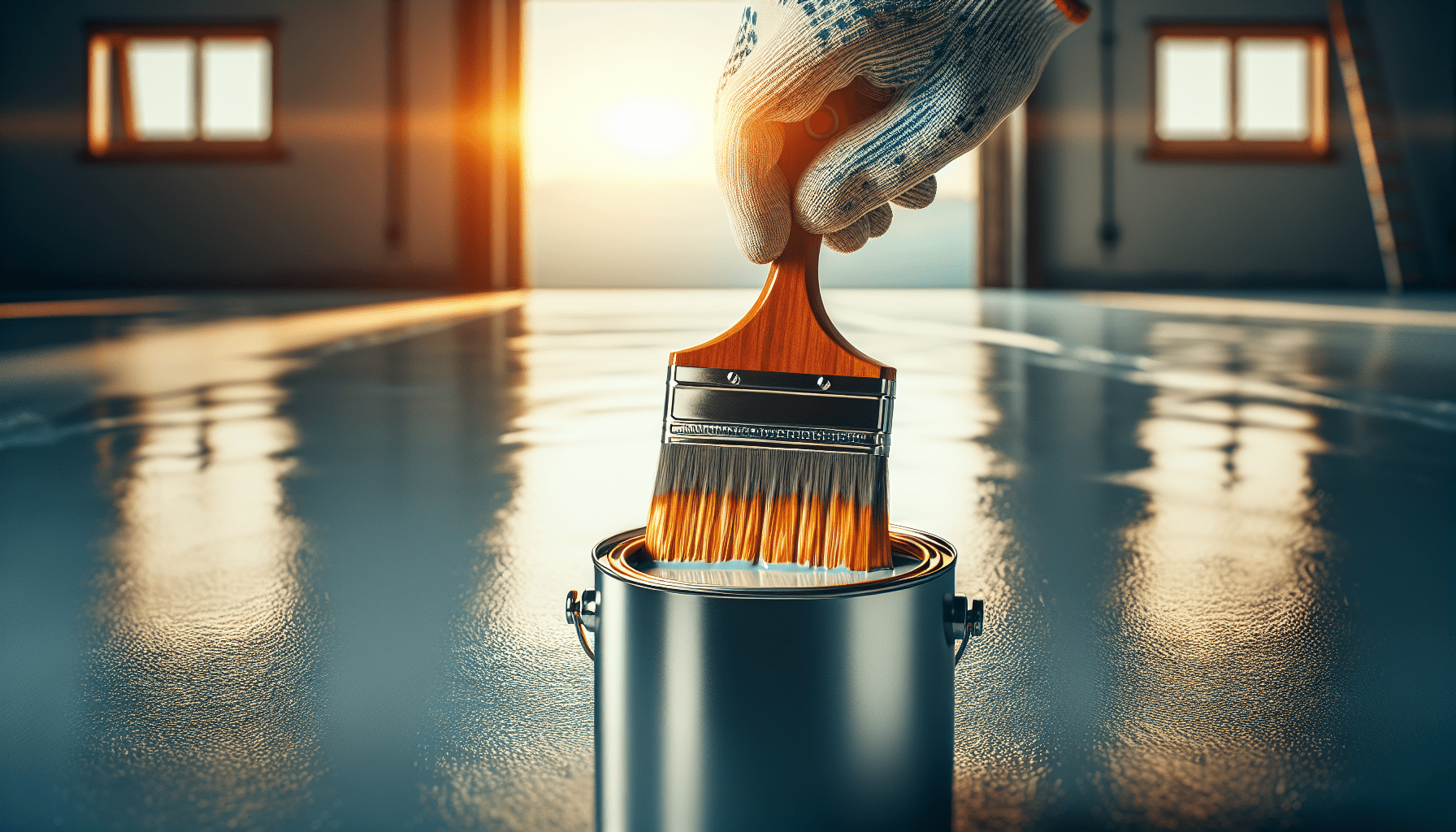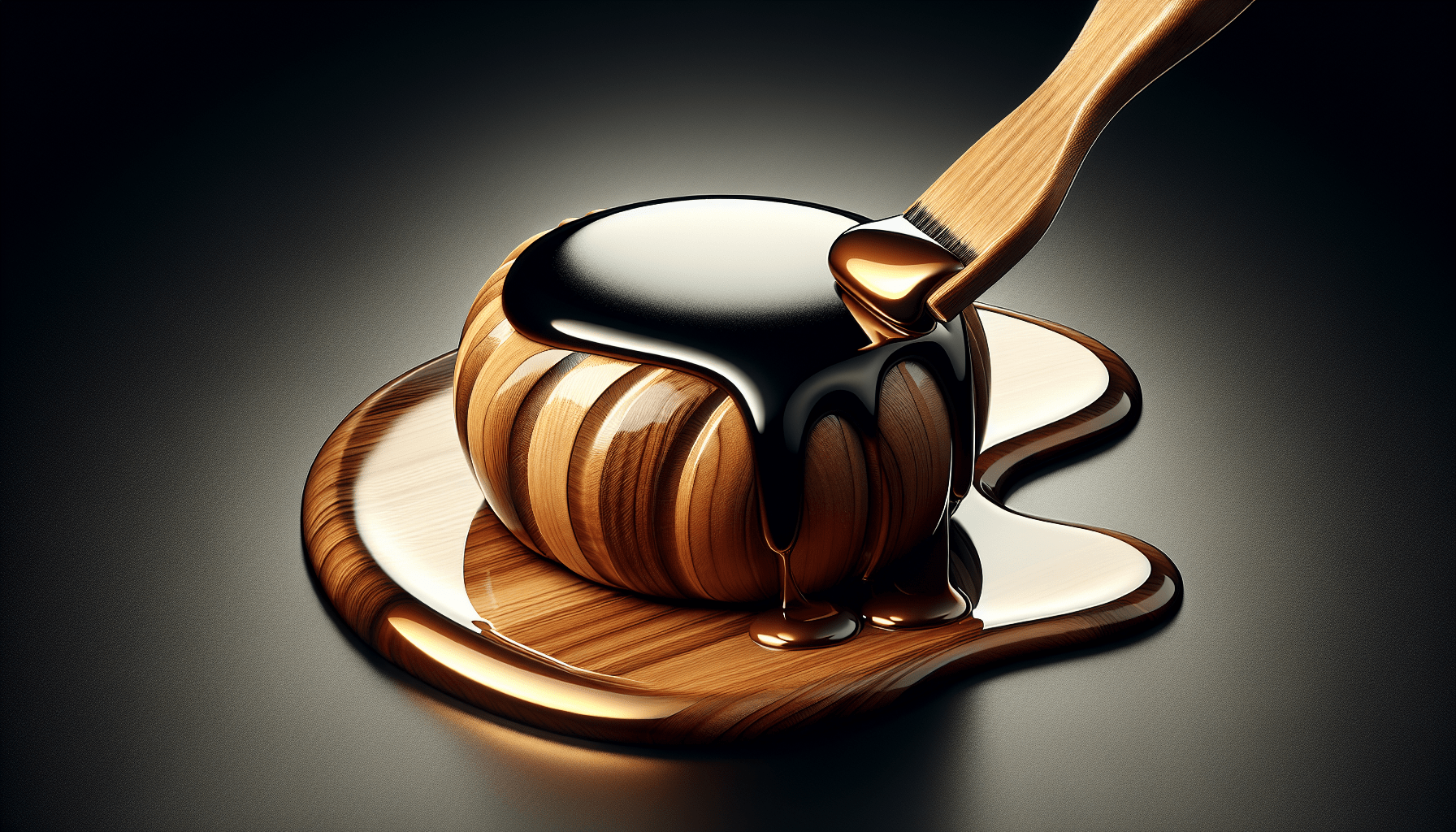Epoxy paint is a popular choice for many homeowners and professionals due to its durability and versatility. However, one question that often arises is whether epoxy paint is oil-based or not. In this article, we will explore this topic and provide a clear answer to the common query, shedding light on the composition of epoxy paint and its relationship with oil-based products. By understanding the nature of epoxy paint, you will be equipped with the knowledge necessary to make informed decisions when it comes to your painting projects.
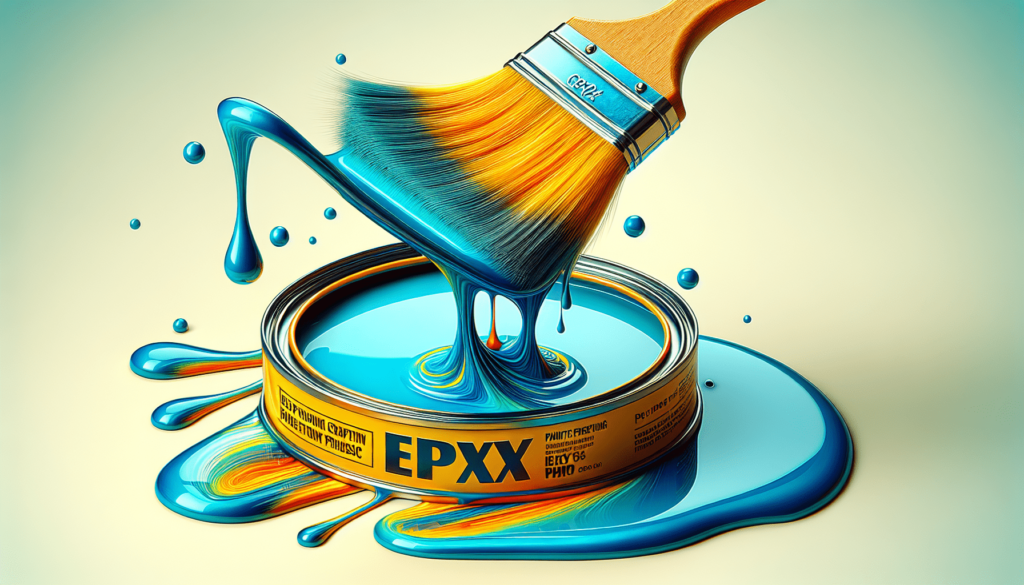
What is Epoxy Paint?
Definition
Epoxy paint is a type of coating that is made from a mixture of epoxy resin and a hardening agent. It is known for its excellent adhesion, durability, and chemical resistance. Epoxy paint is often used in industrial, commercial, automotive, and marine applications, as well as in residential settings.
Composition
Epoxy paint consists of two main components: epoxy resin and a hardening agent. The epoxy resin is typically a mixture of bisphenol-A and epichlorohydrin, while the hardening agent is usually a blend of amines. These two components are mixed together in a precise ratio to form a chemical reaction, resulting in a thermosetting polymer that forms a strong and durable bond when applied to a surface.
Characteristics
Epoxy paint offers several desirable characteristics that make it a popular choice for various applications. It provides excellent adhesion to a wide range of surfaces, including concrete, metal, wood, and even previously painted surfaces. Epoxy paint is highly resistant to chemicals, stains, abrasion, moisture, and UV damage. It has a glossy finish and is available in a wide range of colors. Epoxy paint is also known for its durability and long-lasting performance.
Understanding Oil-Based Paints
Definition
Oil-based paint, also known as alkyd paint, is a type of coating that contains oil as its main binder. It is composed of pigments, solvents, and drying agents. Oil-based paints have been widely used for many years due to their durability, smooth finish, and rich color saturation.
Composition
Oil-based paints are made up of pigments, which provide the color, and a binder, which holds the pigments together and forms a film on the surface when the paint dries. The binder in oil-based paint is typically an alkyd resin, which is derived from synthetic or natural oils, such as linseed oil or soybean oil. Solvents are added to thin the paint and allow for easy application, while drying agents speed up the drying process.
Characteristics
Oil-based paints offer several unique characteristics that make them suitable for specific applications. They provide a smooth and glossy finish that can enhance the appearance of surfaces. Oil-based paints have good leveling properties, meaning they flow well and can help hide imperfections. They also have a longer drying time, allowing for brush marks to level out. Oil-based paints are known for their durability, but they are susceptible to yellowing over time. They also have a strong odor and require proper ventilation during application.
Is Epoxy Paint Oil-Based?
Explanation of Epoxy Paint
No, epoxy paint is not oil-based. As mentioned earlier, epoxy paint is a type of coating that is made from a mixture of epoxy resin and a hardening agent. It does not contain oil as its main binder. Epoxy paint forms a strong, chemical-resistant bond with various surfaces, making it a versatile choice for many applications.
Distinguishing Epoxy Paint from Oil-Based Paint
While both epoxy paint and oil-based paint are commonly used coatings, they have distinct differences. Epoxy paint is known for its excellent adhesion, durability, and chemical resistance. It provides a glossy finish and is highly resistant to stains, abrasion, moisture, and UV damage. On the other hand, oil-based paint offers a smooth and glossy finish with good leveling properties. It is durable but can yellow over time. It is also known for its strong odor and longer drying time compared to epoxy paint.
Comparison of Characteristics
When comparing the characteristics of epoxy paint and oil-based paint, there are several factors to consider. Epoxy paint offers superior adhesion, durability, and chemical resistance compared to oil-based paint. It is also easier to clean and maintain. However, oil-based paint provides a smooth and glossy finish with good leveling properties, making it suitable for certain applications. Each type of paint has its own advantages and disadvantages, and the choice between epoxy paint and oil-based paint depends on the specific requirements and preferences of the project.
Advantages of Epoxy Paint
Durability
One of the significant advantages of epoxy paint is its durability. It forms a tough, chemically resistant bond with surfaces, making it highly resistant to chipping, peeling, and cracking. Epoxy paint can withstand heavy foot and vehicle traffic, making it ideal for industrial and commercial floors. It also has excellent resistance to chemicals, solvents, and abrasion, ensuring long-lasting performance in harsh environments.
Chemical Resistance
Another advantage of epoxy paint is its exceptional chemical resistance. It can withstand exposure to a wide range of chemicals, including acids, alkalis, oils, and solvents. This makes epoxy paint ideal for environments where spills and chemical exposure are common, such as laboratories, warehouses, garages, and manufacturing facilities. Its chemical resistance also makes it easier to clean and maintain, as it is less prone to staining and discoloration.
Ease of Application
Epoxy paint is relatively easy to apply, especially when compared to other types of coatings. It can be applied using a brush, roller, or spray equipment, depending on the size and complexity of the project. Epoxy paint has good leveling properties, meaning it flows well and can help hide minor imperfections on the surface. It also dries relatively quickly, allowing for multiple coats to be applied within a short period.
Versatility
Epoxy paint is highly versatile and can be used on a wide range of surfaces, including concrete, metal, wood, and previously painted surfaces. It adheres well to these surfaces, providing a strong and durable bond. Epoxy paint can be used indoors and outdoors, making it suitable for various applications, such as floors, walls, countertops, driveways, and even swimming pools. It is available in different formulations, including solvent-based and water-based options, to cater to different needs.
Cost
In terms of cost, epoxy paint can be a cost-effective option in the long run. While the initial cost may be higher compared to other types of paint, its durability and long-lasting performance can help save money on repairs and repainting in the future. Epoxy paint requires minimal maintenance and can withstand heavy use, reducing the need for frequent recoating. Additionally, its chemical resistance can result in cost savings by preventing damage caused by chemicals or spills.
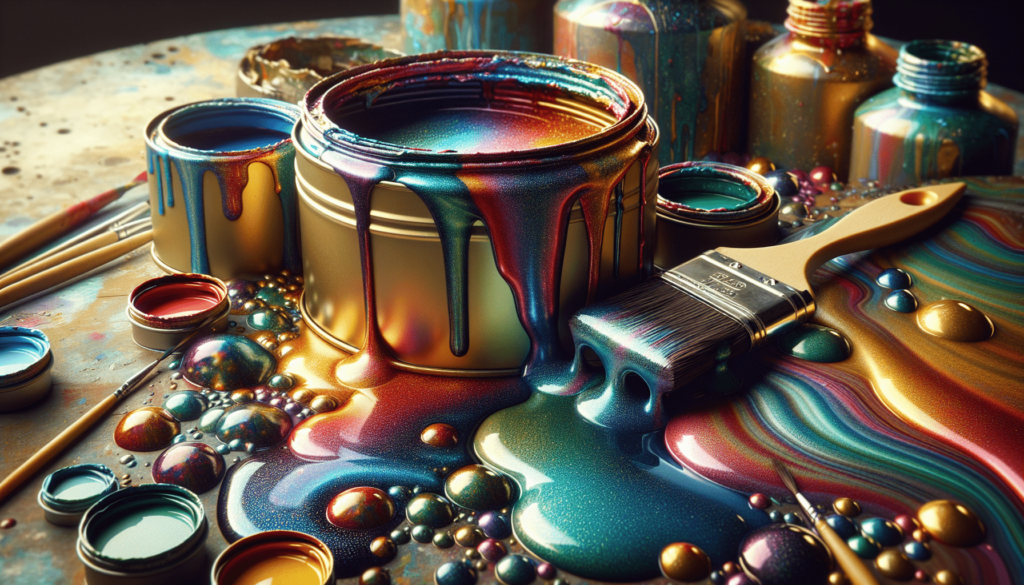
Uses of Epoxy Paint
Industrial and Commercial Applications
Epoxy paint is commonly used in industrial and commercial settings due to its durability and chemical resistance. It is often applied to floors, walls, and other surfaces that require protection against heavy foot and vehicle traffic, chemicals, and abrasion. In industrial facilities, epoxy paint is used to coat concrete floors, providing a smooth and easy-to-clean surface that can withstand harsh conditions. It is also used in warehouses, garages, manufacturing plants, and laboratories, where spills and chemical exposure are common.
Automotive and Marine Applications
Epoxy paint is also widely used in the automotive and marine industries. It is used to protect and enhance the appearance of vehicles and boats. Epoxy paint can be applied to metal surfaces, such as car bodies, to provide a durable and corrosion-resistant finish. It can also be used on boat hulls and decks to protect against saltwater, sunlight, and other environmental factors. Epoxy paint for automotive and marine applications is specifically formulated to withstand the unique challenges of these industries.
Residential Applications
Epoxy paint is not limited to industrial and commercial settings; it is also used in residential applications. It is commonly used on garage floors, basement floors, and driveways to provide a durable and attractive finish. Epoxy paint can transform plain concrete surfaces into visually appealing and functional areas. It is also used on countertops, walls, and furniture to add a modern and glossy touch. Epoxy paint is a popular choice among homeowners due to its versatility, durability, and easy maintenance.
Disadvantages of Epoxy Paint
Long Curing Time
One of the disadvantages of epoxy paint is its long curing time. Epoxy paint requires a specific curing process, which involves the chemical reaction between the epoxy resin and hardening agent. This curing process can take several hours and sometimes even days, depending on the specific product and environmental conditions. This long curing time can be inconvenient, especially for projects that require quick turnaround or minimal downtime.
Potentially Harmful Chemicals
Epoxy paint contains chemicals that can be potentially harmful if not handled properly. The epoxy resin and hardening agent may contain volatile organic compounds (VOCs) and other hazardous substances that can be toxic or irritating to humans and the environment. Proper safety precautions, such as using protective clothing, gloves, and adequate ventilation, should be followed when working with epoxy paint. It is also important to dispose of any unused or leftover epoxy paint properly according to local regulations.
Preparation Requirements
Before applying epoxy paint, proper surface preparation is essential. The surface needs to be clean, dry, and free of any contaminants, such as dirt, grease, oil, and previous coatings. This often involves thorough cleaning, degreasing, and sometimes even sanding or etching the surface. Failing to prepare the surface properly can result in poor adhesion and a compromised finish. Surface preparation can be time-consuming and labor-intensive, requiring careful attention to detail.
Difficulties in Repainting
Once epoxy paint is applied and cured, it can be challenging to repaint or change the color. Epoxy paint forms a strong and durable bond with the surface, making it difficult for new paint to adhere properly. If repainting is desired, the surface may need to be sanded, primed, or even stripped in some cases to ensure proper adhesion of the new paint. This additional preparation and labor can be time-consuming and may require professional assistance.
Tips for Using Epoxy Paint
Surface Preparation
Proper surface preparation is crucial when using epoxy paint. Thoroughly clean the surface to remove any dirt, dust, grease, or previous coatings. Use a degreaser or appropriate cleaner to ensure the surface is free of contaminants. If the surface is porous or has a rough texture, consider sanding or etching it to improve adhesion. Follow the manufacturer’s instructions for specific surface preparation requirements.
Mixing Ratio
When using epoxy paint, it is essential to follow the recommended mixing ratio provided by the manufacturer. The epoxy resin and hardening agent need to be mixed in the correct proportions to ensure proper curing and adhesion. Use a clean and calibrated measuring container to accurately measure the components. Thoroughly mix the epoxy resin and hardening agent together until they are evenly blended. Improper mixing can lead to insufficient curing or poor performance.
Application Techniques
Epoxy paint can be applied using various techniques, such as brushing, rolling, or spraying. Choose the appropriate method based on the size and complexity of the project. Use a high-quality brush or roller to ensure an even and smooth application. When using a roller, consider using a long-handled roller for better reach and coverage. Follow the manufacturer’s instructions for specific application techniques and recommended tools.
Safety Precautions
When working with epoxy paint, it is important to prioritize safety. Wear appropriate personal protective equipment, such as gloves, safety goggles, and a respirator, to protect yourself from potential hazards. Work in a well-ventilated area or use exhaust fans to ensure proper airflow. Avoid direct skin contact with epoxy paint and avoid inhaling the fumes. Follow all safety guidelines provided by the manufacturer and local regulations.
How to Clean Epoxy Paint
General Cleaning
Epoxy paint is relatively easy to clean and maintain. For routine cleaning, use a mild detergent or soap and water solution. Gently scrub the surface using a non-abrasive brush or mop. Rinse the surface thoroughly with clean water to remove any residue. Avoid using harsh chemicals or abrasive cleaners, as they can damage the epoxy paint. Regular cleaning helps to maintain the appearance and performance of the epoxy paint.
Stain Removal
If the epoxy paint surface becomes stained, it is important to act promptly to prevent permanent staining. For most stains, a solution of warm water and mild detergent should suffice. Gently scrub the stained area with a soft brush or cloth. For more stubborn stains, such as oil or grease, a degreaser or specialized stain remover may be required. Always follow the manufacturer’s instructions for stain removal products and test them in a small, inconspicuous area before applying to the entire surface.
Preventing Damage
To prevent damage to epoxy paint, it is important to take proper precautions. Avoid dragging heavy objects across the surface, as this can cause scratches or gouges. Place furniture pads or protective mats under heavy or sharp objects to distribute the weight and prevent indentations. Avoid using abrasive cleaners or scrub brushes that can mar the surface. Take care when using tools or equipment that could potentially damage the epoxy paint surface. Regular maintenance and prompt cleaning of spills can help prevent damage and extend the lifespan of the epoxy paint.
Alternatives to Epoxy Paint
Latex Paint
Latex paint, also known as water-based paint, is a popular alternative to epoxy paint. It is made from a water-soluble base, pigments, and additives. Latex paint is easy to use, has a quick drying time, and offers good color retention. It is suitable for interior and exterior applications and can be applied to a variety of surfaces. However, latex paint may not have the same level of durability, chemical resistance, and adhesion as epoxy paint, making it less suitable for certain high-traffic or demanding environments.
Acrylic Paint
Acrylic paint is another alternative to epoxy paint. It is a type of water-based paint that contains acrylic resin as its binder. Acrylic paint offers good adhesion, durability, and resistance to fading. It is available in a wide range of colors and finishes. Acrylic paint is commonly used for interior and exterior applications, such as walls, furniture, and crafts. While it may not have the same level of chemical resistance and durability as epoxy paint, it can be a cost-effective and versatile option for many projects.
Polyurethane Paint
Polyurethane paint is a type of coating that contains polyurethane resin as its binder. It offers excellent durability, chemical resistance, and UV resistance. Polyurethane paint is commonly used for wood surfaces, such as furniture, cabinets, and floors. It provides a hard and protective finish that enhances the natural beauty of wood. Polyurethane paint is available in different formulations, including water-based and solvent-based options. While it may not have the same level of adhesion and versatility as epoxy paint, it can be a suitable alternative for specific applications.
Conclusion
Final Thoughts
In conclusion, epoxy paint is a versatile and durable coating that offers excellent adhesion, chemical resistance, and long-lasting performance. It is not oil-based, but instead, it is made from a mixture of epoxy resin and a hardening agent. Epoxy paint is commonly used in industrial, commercial, automotive, marine, and residential applications. While it has several advantages, including durability, chemical resistance, ease of application, versatility, and cost-effectiveness, it also has some disadvantages, such as long curing time, potentially harmful chemicals, preparation requirements, and difficulties in repainting.
Choosing the Right Paint for Your Needs
When deciding between epoxy paint and other alternatives, it is important to consider the specific requirements and preferences of your project. Compare the characteristics, advantages, and disadvantages of each type of paint to make an informed decision. Consult with professionals or seek expert advice if necessary. Choosing the right paint for your needs will ensure a successful and satisfactory outcome. Whether you choose epoxy paint, latex paint, acrylic paint, or polyurethane paint, proper surface preparation, application techniques, and maintenance are key to achieving the desired results.
